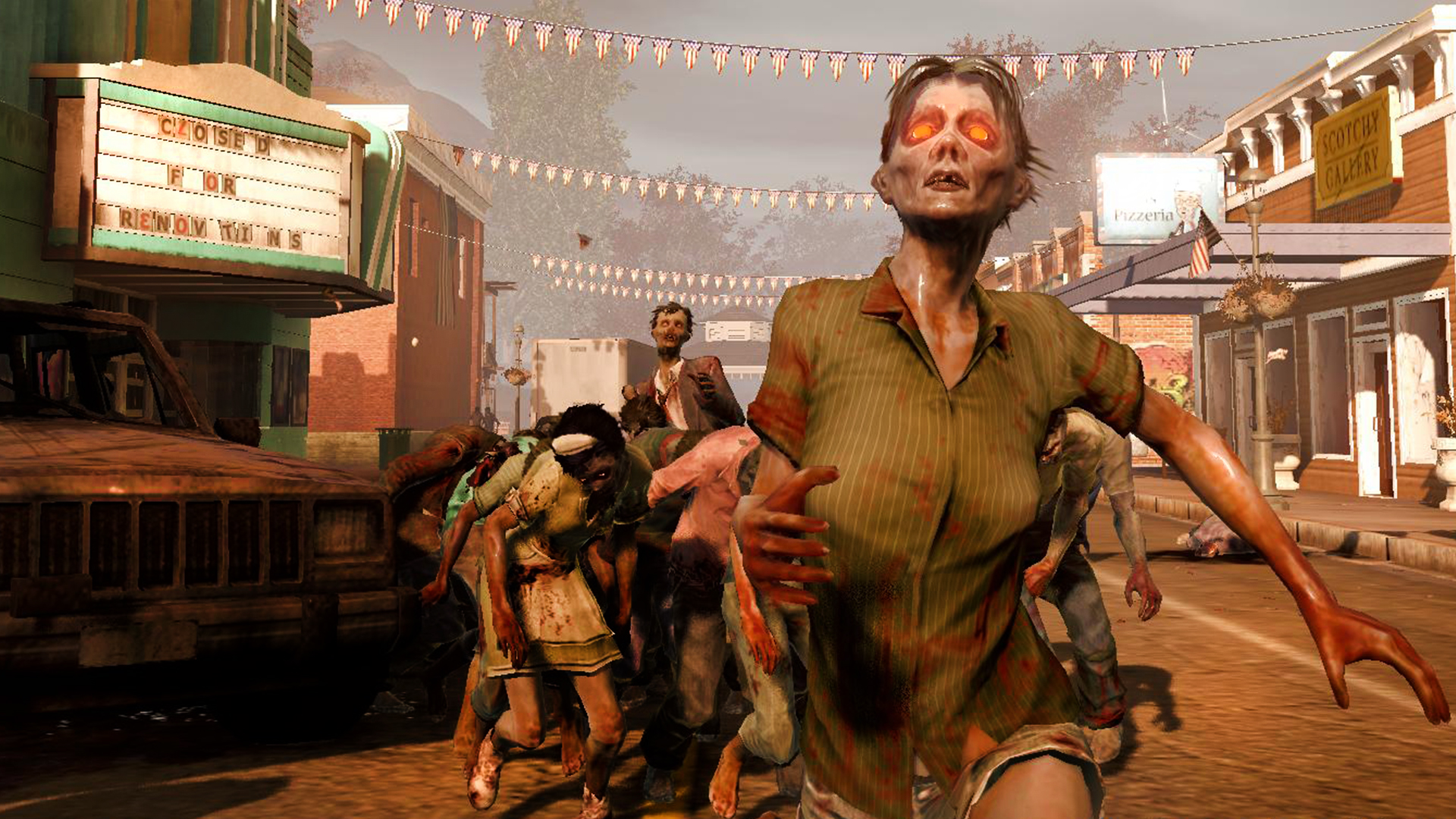GamesRadar+ Verdict
Newcomers can add a point to the score, but returning players will be disappointed to learn how little has been fixed. Worth a look for the stories it generates, but be prepared for frustration.
Why you can trust GamesRadar+
Poor Jimmy. Despite an embarrassing tendency to over-share, he’d become a useful ally and good company on supply runs. But with a rucksack of meds weighing him down, his machete arm had slowed, and a laboured swipe was enough to see him swarmed by a group of zombies. The worst thing? We could have helped him. But with only five rounds left and our fire axe broken, we paused before wading in, and the delay proved fatal. Instead, we opted to limp back to base, to save our own skin. Sure, we’ll go back tomorrow to pick up his belongings, but now everyone hates us for abandoning him.
Our knowledge of gaming morality mechanics tells us we can recover from this, but the scenario presents a convincing illusion that no matter what we do afterwards, this won’t ever be forgotten. A bit like Matthew McConaughey and that incident with the bongos, except to our knowledge that didn’t result in a friend bravely sacrificing himself with a grenade as a final heroic act of defiance.
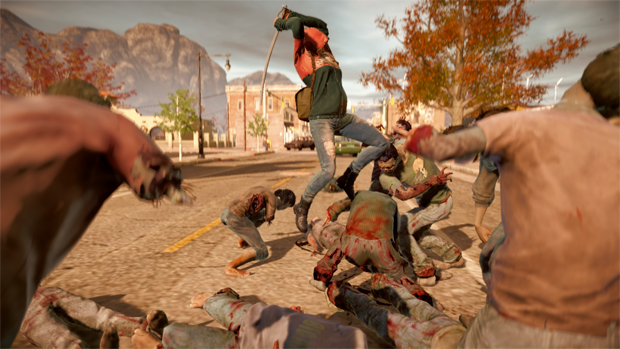
This is the kind of story that State of Decay throws up every so often, and in each instance it’s all the more gripping for the fact that it was entirely unscripted, prompted entirely by the game’s dynamic systems. For each inglorious death there’s a skin-of-your-teeth escape; your heart will leap as your noisy scavenging alerts a nearby horde, and you’ll chuckle at moments of pitch-black comedy, like opening a car door to take down a group of zeds as you accelerate past. Mostly, however, you’ll feel sickeningly guilty.
Your primary objective is to survive, of course, but beyond that it’s about building and sustaining a community. Which means keeping everyone fed and housed, stocked up with ammo and medication, and building materials to expand. It’s your choice how you go about it, and what kind of leader you become: though you’ll need to switch characters when one is too tired or hurt (or dead) to continue, you’ll generally have a small core group under your control, and a handful of AI allies to join you on missions. Not that two heads are always better than one on stealth missions, though it pays off when you’re unexpectedly ambushed.
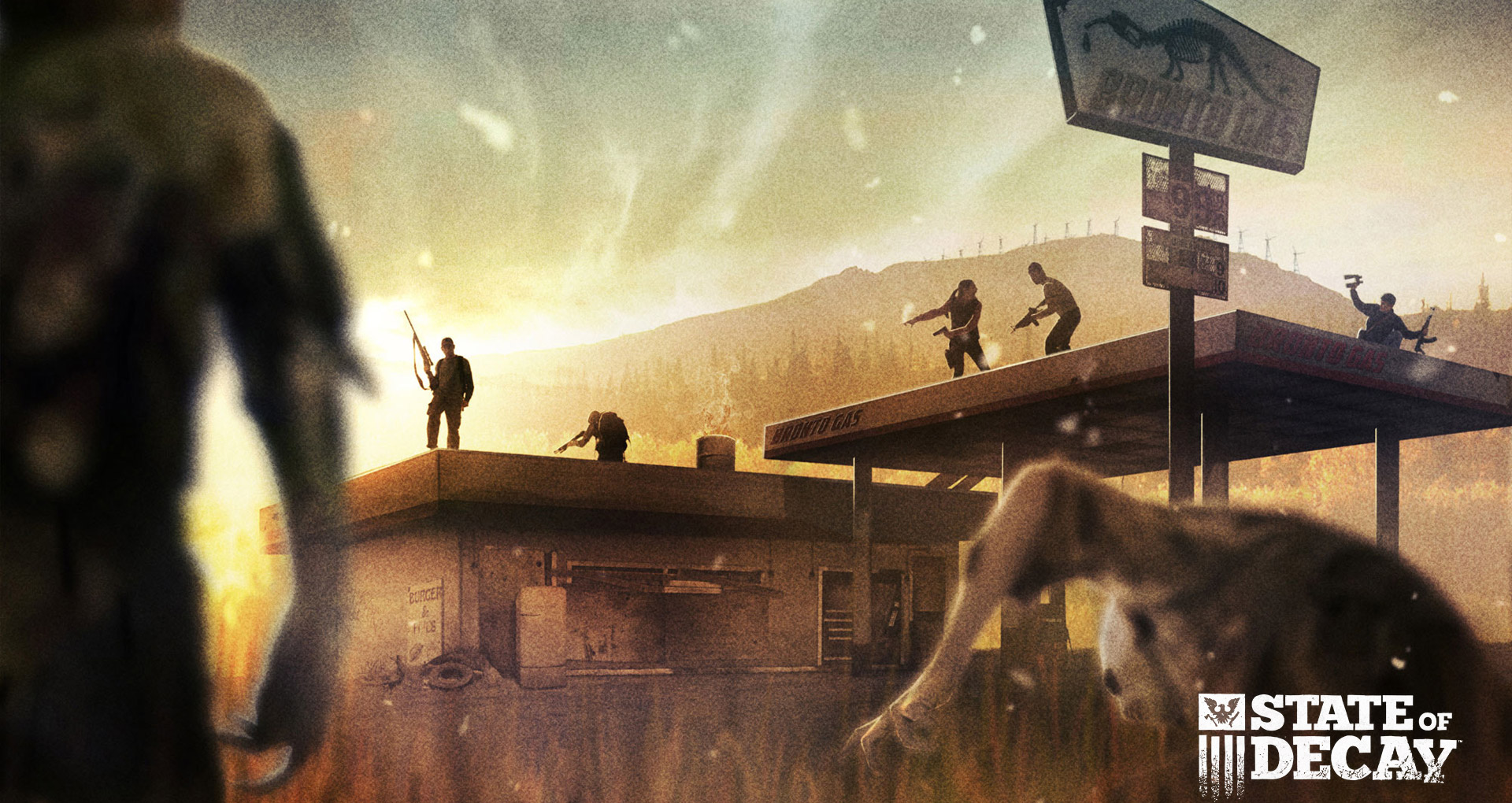
It’s a game that affords you a rare degree of freedom, and as such you’ll sometimes find yourself paralysed by choice. Do you lure zombies out of a house you’re planning to ransack, or smash the window and lob a Molotov through? When you spot a small group of survivors under attack, your first instinct may be to help them, but can you afford another three mouths to feed? And when you find a rucksack, do you risk the long trek back to base while encumbered, or break it open for less valuable rewards?
Meanwhile, back at base, you might have to decide between constructing a sleeping area or a workshop to craft your own weapons, and when you wake up you’ll wonder whether or not you can delay rescuing your radio operator’s brother to have a heart-to-heart with the twitchy sniper whose erratic behaviour is affecting group morale.
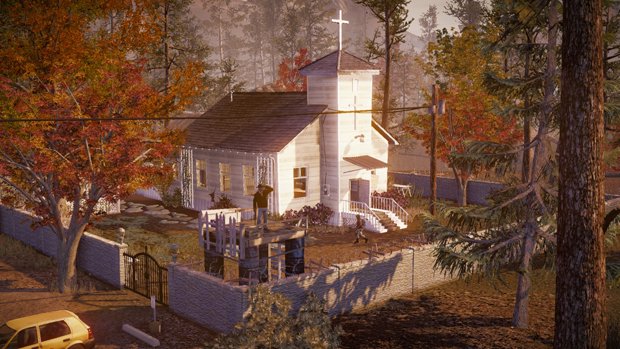
It can be tough going at times, and any misjudgements are harshly punished. That’s no criticism, because the scenario all but demands a steep learning curve. Besides, you will learn from your mistakes, ensuring you’re better prepared for your next trip, that you don’t try to do too much in a single run, and that ‘let’s quickly plunder this small house on the way back’ is the kind of spontaneous idea that tends to get you killed. If all the deaths and setbacks you suffered were your own fault, State of Decay would be an easy recommendation. The problem is that they’re not.
Anyone who played the original will be aware of its litany of technical flaws. To a point you could forgive them in the face of such ambition, particularly given its indie roots. But the same issues are harder to ignore a second time. Blundering allies and eagle-eyed walkers mean stealth is rarely an option without giving a ludicrously wide berth. The frame-rate has supposedly improved, yet it still chugs when things hot up, and the last thing you need when surrounded is less responsive controls.
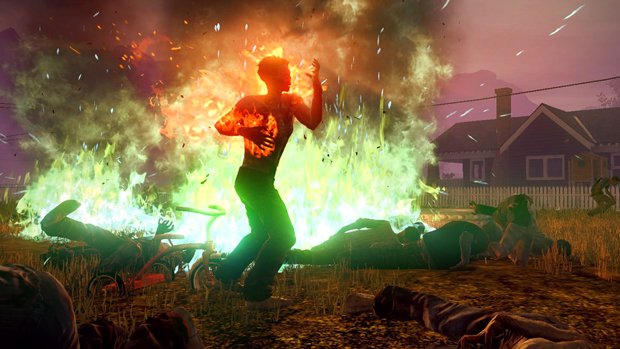
Jerky animations and horrible clipping and collision detection make combat lumpy and leaden, and it’s only when you get more powerful weapons that it feels anything other than a chore. The panic and desperation is palpable, but it’s an artificial kind of tension, exacerbated by camera woes and unsatisfying feedback. During one encounter, we were attacked while our character was obscured by the inside of our ally’s head. Later, we witnessed a zombie trapped inside a rock; arms, legs and head jutting out, like one of those disturbing ‘realistic Pokémon’ pictures. The lighting is better and the image quality sharper, though that only highlights the weaknesses all the more, like watching a Blu-Ray remaster of a film you once loved, and recoiling at just how badly the CGI has aged.
Far from being the ultimate edition of the game, we end up with another case of nominative determinism. State of Decay, sadly, is a mess. It’s a mess with good intentions, perhaps, but the result is the equivalent of a wooden barricade infested with dry rot – it seems like it should hold up just fine, but ends up crumbling under the slightest pressure.

Chris is Edge's former deputy editor, having previously spent a decade as a freelance critic. With more than 15 years' experience in print and online journalism, he has contributed features, interviews, reviews and more to the likes of PC Gamer, GamesRadar and The Guardian. He is Total Film’s resident game critic, and has a keen interest in cinema. Three (relatively) recent favourites: Hyper Light Drifter, Tetris Effect, Return Of The Obra Dinn.
